Visit to the core of a Swiss nuclear plant
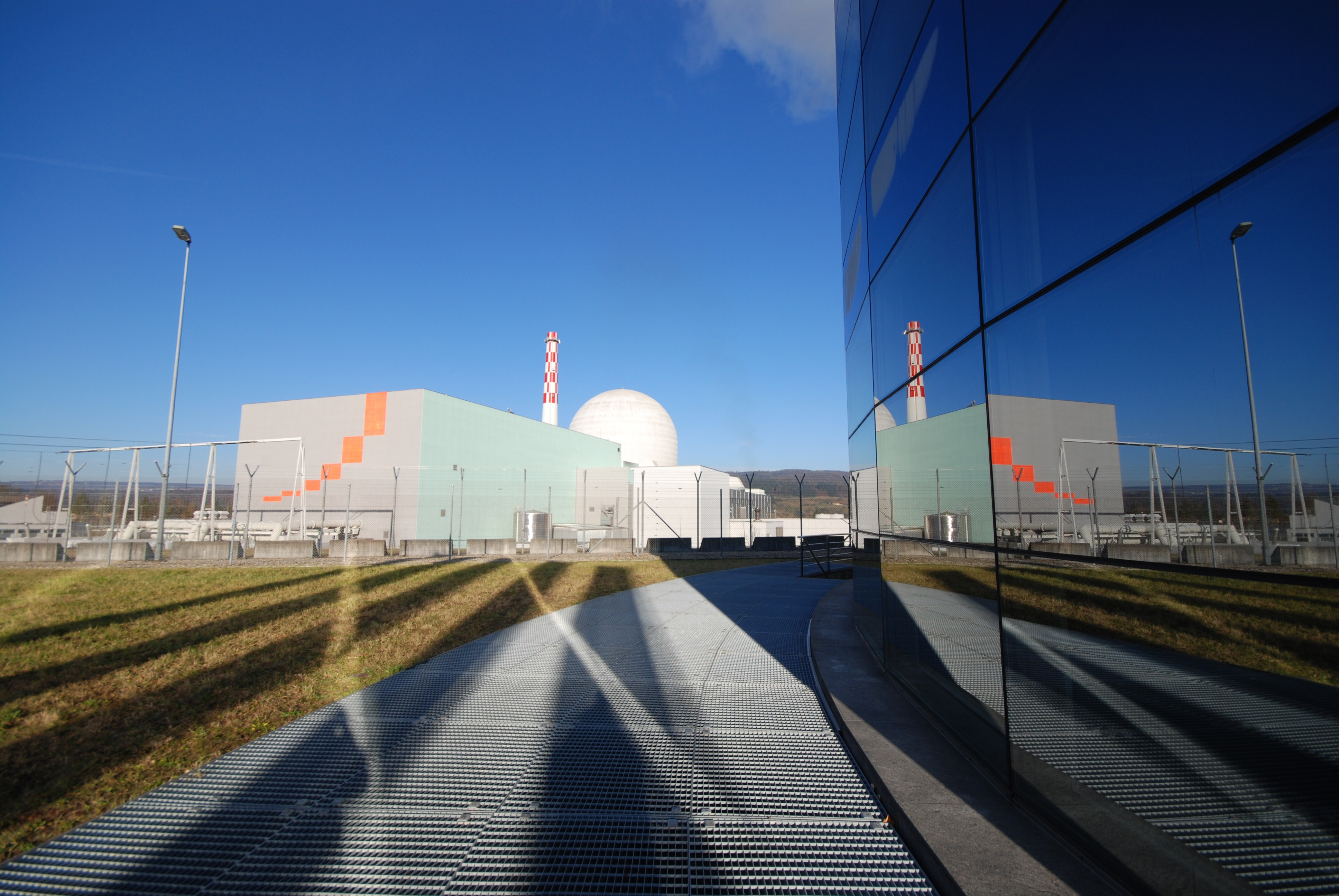
While I try to wash off any potential trace of contamination, security is screening my underwear. The life of a journalist in the field can be hazardous, especially when invited to have a look inside one of Switzerland’s nuclear power plants.
The Kernkraftwerk Leibstadt, or KKL, operates a boiling water reactor since 1984. Every year, it requires about 23 tons of enriched Uranium 235, a radioactive isotope that can sustain fission chain reactions. Uranium is heavy and has a high energy density, so 23 tons would fit into the boot of a mid-sized estate car.
Once a year, the more than 500 employees are joined by up to 1,000 external workers to exchange about 130 used fuel modules in the core shroud, all below the water via a huge crane that can be moved across the pool. The 648 elements contain 96 rods each, which are welded shut to prevent the release of the uranium oxide pellets.
Unlike coal or gas power stations, nuclear plants split uranium atoms to generate heat used by the steam-powered turbines to drive the powerful generator. The KKL produces about 29 million kilowatt per day, covering a sixth of Switzerland’s electricity demand.
The KKL produces 12 cubic metres of highly radioactive waste every year. This mainly consists of the used fuel elements, which are moved to a depository after having cooled down for seven years until they can be handled.
At some point during my time inside the dome-shaped structure containing the reactor of Switzerland’s most powerful nuclear plant I became contaminated – perhaps a grain of radioactive dust had settled on my back and mingled with a bead of sweat.
I was one of a dozen journalists to visit the open reactor at Kraftwerk Leibstadt, or KKL, this autumn, about halfway through its planned 60-year lifetime and more than two years after the Swiss cabinet’s historic and popular decision in 2011 to phase out nuclear power.
The Fukushima disaster earlier that year had triggered the largest anti-nuclear protest in Switzerland in 25 years, with organisations like Greenpeace calling for the shutdown of plants because they considered them an unacceptable risk to the environment and to humanity. According to a survey by nuclear safety body ENSI in 2012, only about a quarter of the Swiss population believed that the use of nuclear energy justified its risks.
As we drove up to the plant, the monumental cooling tower, rising 144 metres into the blue sky, came into view – this time without exhaling a typical cloud of steam. Closer still and the reactor building looms large.
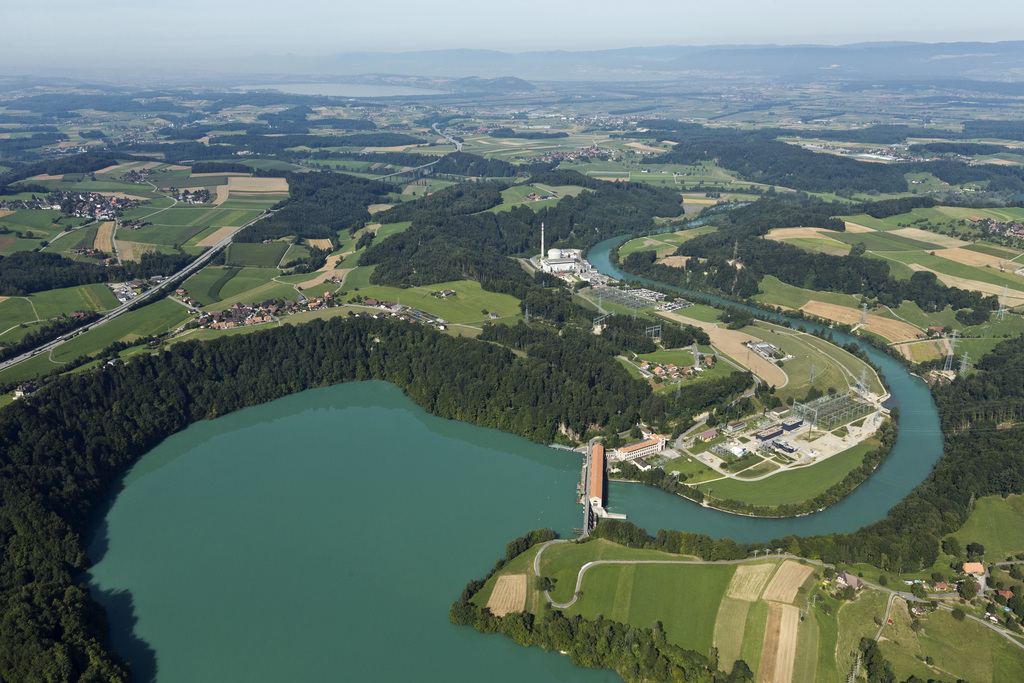
More
Safety first as Mühleberg closure approaches
Once a year, the KKL is powered down and taken off the mains. The time out for the reactor was a window of opportunity for the nuclear lobby to showcase the most modern of Switzerland’s four nuclear plants and answer our questions.
Building for the future
During this revision period workers inspect, maintain and upgrade various components and exchange a fifth of the fuel elements.
“The KKL is building for the future because the plan is to stay operational until at least 2045,” said director Andreas Pfeiffer ahead of the tour. “Even if Switzerland wants to phase out nuclear power in the future, we will need to make sure that power stations run safely until then.”
Radioactivity has negative connotations for most people including myself. Just looking at the yellow hazard symbol or hearing words like irradiation and contamination send a shiver down my back. I recall that I used to ride a bike with a Nuclear Power – No Thanks sticker, and for me, nuclear disasters always substantiated the technology’s dangers. So, my main concern is safety.
The KKL has up to a five-fold redundancy of its safety systems, particularly to guarantee the cooling of the core. If an instrument measures a critical value, the reactor is automatically shut down in a so-called scram, which is usually cited as an acronym for safety control rod axe man, though the phrase was probably constructed to fit the word.
Nuclear plants’ principle of design is defence in depth with concrete and steel layers to block radiation. The barriers are cladding tubes containing the fuel pellets, a steel vessel, the concrete chamber’s biological shield, another steel containment and a dome with 1.2 metres of reinforced concrete walls.
Jokes aside
And safety, I learn, is key. The outermost barrier to reign in radiation is a concrete dome covering the steel containment. It’s designed to withstand hurricanes, earthquakes and the impact of aeroplanes.
Once inside that dome I first spot the alloy steel head of the inner 600-ton vessel, which has been removed for refuelling. Pfeiffer, a German engineer, explains that the reactor is like a giant pressure cooker. This pot has a diameter of six metres, 16-centimetre thick steel walls and an output of 3,600 Megawatt.
As I’m looking at the nuclear core, Pfeiffer explains that 16 metres of water, which floods the pool for the exchange of fuel elements, are enough to block off the radiation emitted by the fuel. The water is without ripples or reflection, so that it’s hard to discern its surface.
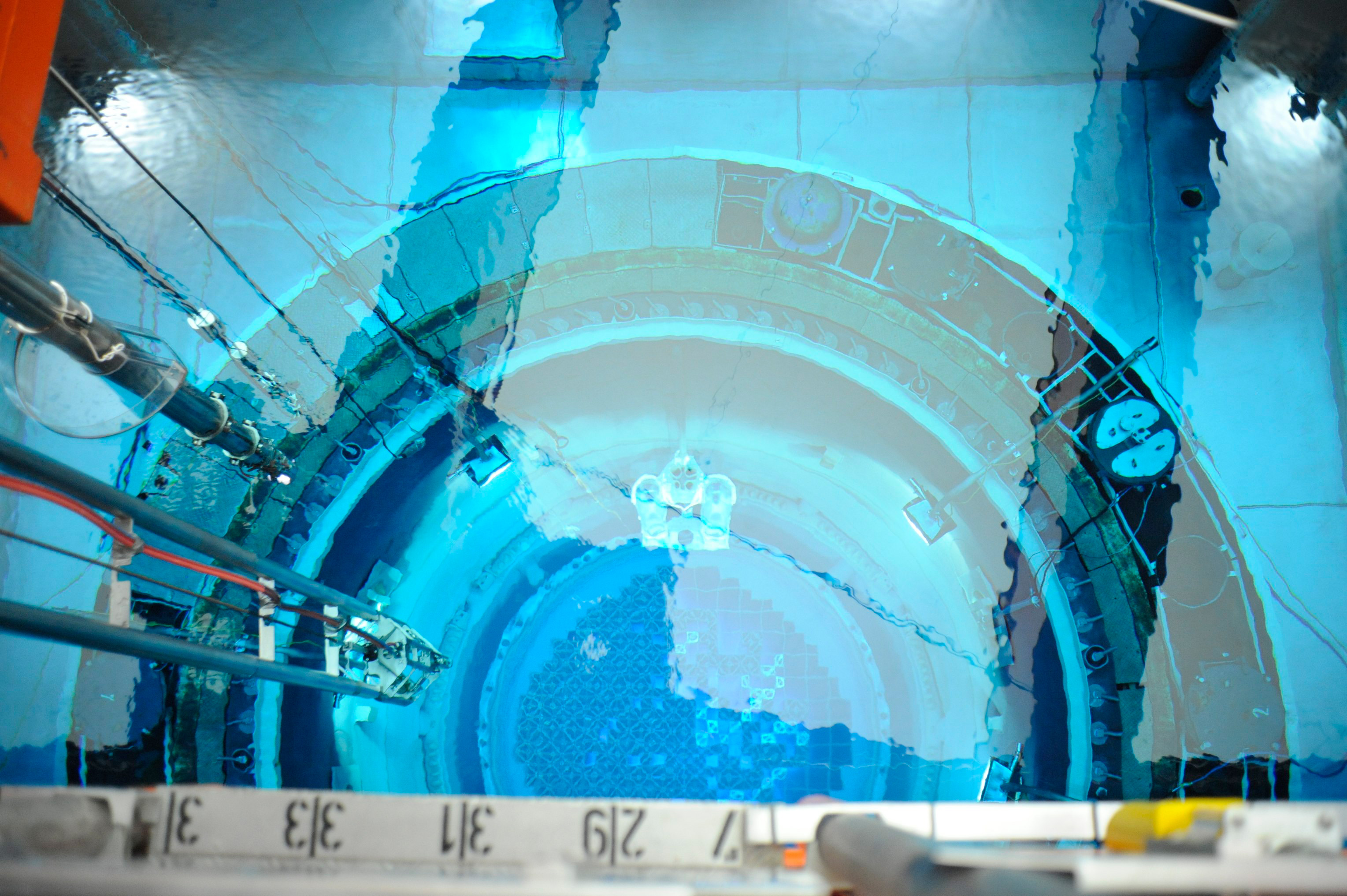
On its surface I spot an inflatable alligator. This surely is our first sign that the staff may indeed have a sense of humour. It’s the mascot of the General Electric maintenance crew who use the green rubber animal so they can make sure at a glance that the water is at the required level.
The stay inside the zone is cut to a minimum to reduce contamination. Clothes and shoes are changed because dust can collect on fibres. No one may ingest food or drinks, or use the toilets, because absorbing radioactive particles through the lungs or stomach is the main risk. The piping of the reactor is a closed system.
Everybody and everything is checked for contamination when leaving the zone. The last and most sensitive monitor at the KKL has a threshold of 1.5 Becquerel per square centimetre with one Bq being defined as the quantity of radioactive material in which one nucleus decays per second. In addition, every vehicle, which enters the power plant area, is thoroughly checked on its way out.
Uranium-235 used at the KKL has a half-life of 704 million years, so it takes half of the atoms that long to decay. The metallic element has three naturally occurring isotopes, mostly uranium-238, which has a half-life of 4.5 billion years. Uranium-235 and plutonium-239, which is derived from uranium-238, were used to produce nuclear weapons.
Disaster risk
As we’re shown around, Pfeiffer is keen to explain the main differences between the KKL and the Chernobyl and Fukushima plants. He points out that Chernobyl had no containment, that operators had disregarded basic safety considerations that the flawed reactor design resulted in an uncontrolled chain reaction.
Fukushima, which had been considered safe, also has GE reactors, he concedes, but it had construction flaws, and the engineers had underestimated tsunami and earthquake risks, so a turbine building with emergency generators was able to flood and the cooling systems failed, he explains.
In case of flash floods, the KKL would still be 16 metres above the maximum water level in a worst case scenario. As the strongest earthquakes measured in Switzerland in 1356 had a magnitude of 7 on the Richter scale, a magnitude 9 earthquake as was registered in Japan couldn’t happen in Switzerland, according to the KKL. But there is no zero risk, Pfeiffer admits.
In 1986, during an experiment to test a potential cooling feature in Chernobyl, an explosion dispersed highly active radioactive fuel and core materials into the atmosphere. This was possible because operators didn’t comply with safety standards and because the reactor was not contained within a vessel. Chernobyl was one of two disasters defined as maximum credible accidents.
The other, more recent one, was Fukushima. In 2011, a tsunami knocked out the main and backup cooling systems. Even though the reactors were automatically and safely shut down, heat and pressure continued to build up. It had to be vented, and radioactive water leaked into the sea.
In Switzerland, there has been one nuclear accident with wider consequences. In 1969, the Swiss-designed pilot reactor in an underground cavern in Lucens lost coolant, which led to a partial core meltdown and massive radioactive contamination. The cavern was sealed, and later decontaminated, and the reactor was dismantled.
Suited up
There are many indications on my visit that mark KKL as an unusual place. At the entry gate, we’re called forward in good army tradition, last name first, to receive the visitors’ cards that allow security to account for every person in the controlled area at any time.
The bright orange unisex underwear, socks and T-shirts sporting the KKL logo do not protect us from radiation, but their loud colour makes sure we won’t forget to take them off and get them laundered. Green helmets – again not for protection – identify us as a visitors. We change overalls twice, and a lift takes us from 13.5 metres to 28.5 metres to the containment.
We enter through an airlock, a small chamber with two airtight doors, which maintains the pressure inside the vessel at a lower level to prevent dust and particles from leaking out. I can’t feel the decompression. It dawns on me that I would also not be able to feel radiation or contamination. I’m not sure if my fellow visitors have similar thoughts but we all fall conspicuously quiet.
While we wait to enter, we ask our guides about the qualities employees require and practical jokes the staff like to play. Judging by their reaction, we gather that pranks are as popular here as at airport security.
The hiring process is tough and thorough, so that unsuitable people are weeded out quickly. Training takes a long time, because the extensive knowhow has to be transferred from experienced workers to new hires.
It takes workers a minimum of six years of training until they are allowed to lead shifts in the commando room, according to KKL spokeswoman Andrea Portmann. The average length of service is 15 years, and excluding retirements, the labour turnover is a record low 2.7%
Nuclear power plants are a very serious business with little room for humour and where nothing can be left to fate. To protect health and safety, strict regulations are established, and employees are frequently drilled so they will react correctly in any emergency.
Monitoring
When we squeeze back into the airlock, we have to wait for the air to return to its normal pressure. Pfeiffer tells me how he ended up working for the KKL.
“I worked at [engineering group] Alstom when I was asked whether I would be interested in running this nuclear power station. At the beginning I was not really sure whether to join the nuclear community. In my youth I had protested against nuclear weapons”, he explains. “But the more I got involved, the more I got fascinated, so I accepted the position.”
He makes us read our dosimeters, which registered the radiation dose we received. I have a dose of four micro Sievert, less than what I would get on an intercontinental flight, Pfeiffer points out.
I am somewhat reassured until I’m about to hop off, the final – and as it may turn out most sensitive – monitor screening us for contamination. The whole-body device sounds “contaminated”, and it still detects a trace of radiation after I have changed back into a KKL undershirt.
After a thorough shower, I’m finally cleared. I will never know for certain whether it was perspiration or body lotion that triggered the alarm.
The radiation dose depends on source strength, distance and exposure duration. People in Switzerland receive less than 0.3 μSv/h of natural radiation. Top measurements of 0.5 μSv/h are found near Piz Giuv in canton Grison. The cosmic radiation on a return flight from Zurich to New York is 25 μSv/h. Nuclear workers get up to 25 μSv/h, at the KKL they get up to 1mSv per day.
The effect of radiation on humans is not predictable, but about half of people exposed to 4 Sv/h will die, and almost everyone will when exposed to 10 Sv/h. After the explosion, radiation in the Chernobyl control room reached 300 Sv/h, providing a lethal dose in two minutes. Today, humans would survive about 10 minutes in the same spot.
A dose of 0.1 μSv/h is also called banana equivalent because it is the dose one absorbs by eating one banana containing naturally occurring radioactive potassium. Nuts, sunflower seeds, potatoes or kidney beans also contain radiation.
The defence ministry constantly monitors suspected radioactivity through its Emergency Operations Centre. Every year, it measures radioactivity on the ground from a helicopter, particularly in areas surrounding nuclear plants.

In compliance with the JTI standards
More: SWI swissinfo.ch certified by the Journalism Trust Initiative








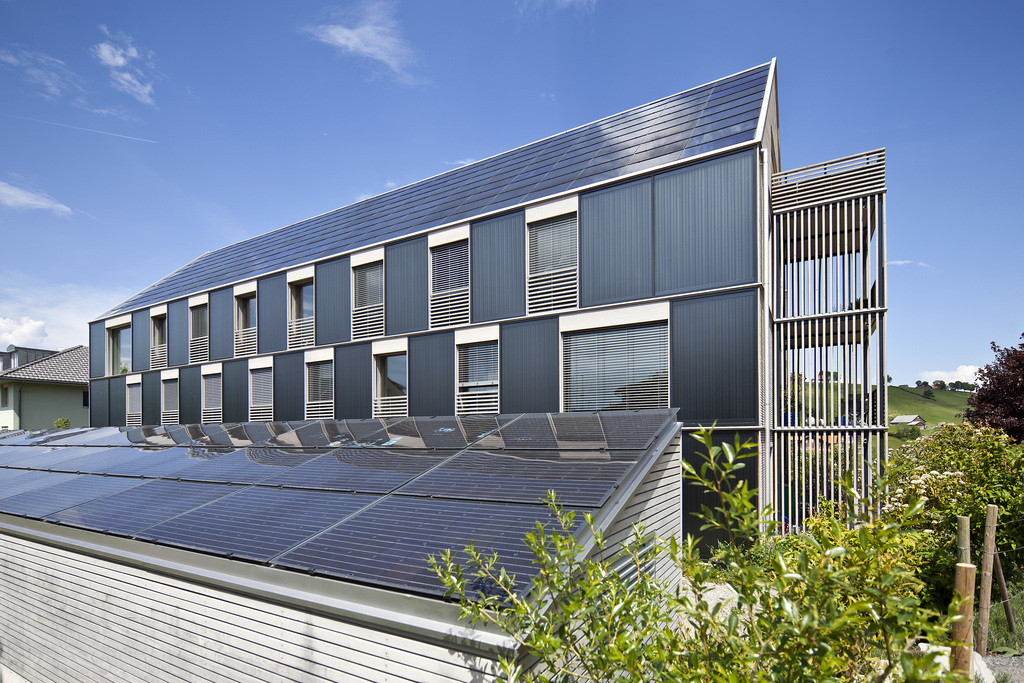

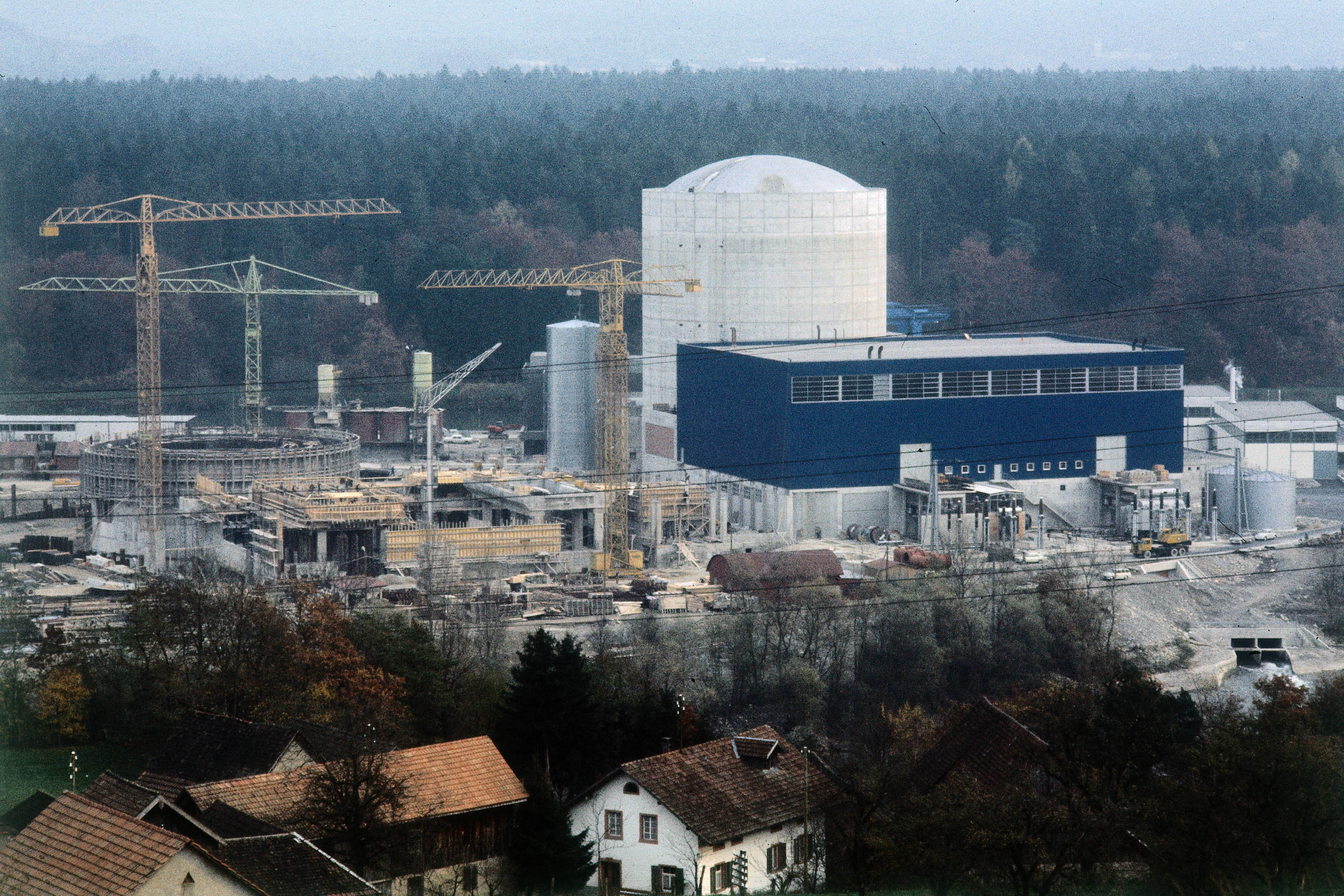

You can find an overview of ongoing debates with our journalists here . Please join us!
If you want to start a conversation about a topic raised in this article or want to report factual errors, email us at english@swissinfo.ch.